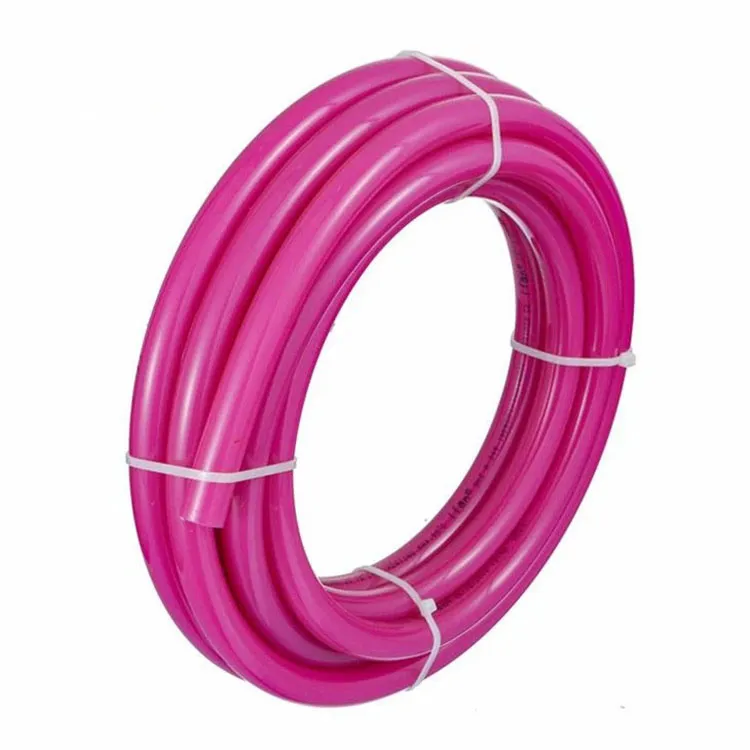HDPE pipe
HDPE pipe, also known as PE pipe, is made from a thermoplastic polymer that is known for its durability, strength, and resistance to chemicals and corrosion. It has a high resistance to impact and is resistant to many acids and bases, making it an ideal choice for harsh environments. HDPE pipe is also resistant to abrasion, making it a popular choice for underground pipelines and mining applications.

PEX plastic pipe
PEX, on the other hand, is a flexible plastic piping that is cross-linked to improve its strength and durability. PEX pipe is known for its flexibility, which allows it to bend and move with the natural expansion and contraction of the building. PEX pipe also has a higher resistance to freezing and bursting than HDPE pipe, making it a popular choice for cold climates.

The advantage of the two pipe
One of the main advantages of HDPE pipe is its high resistance to chemicals and corrosion, which makes it an ideal choice for industrial and mining applications. HDPE pipe also has a high resistance to impact, which makes it a popular choice for underground pipelines. Additionally, HDPE pipe is resistant to abrasion, which makes it a popular choice for underground pipelines and mining applications.
On the other hand, PEX pipe is known for its flexibility, which allows it to bend and move with the natural expansion and contraction of the building. PEX pipe also has a higher resistance to freezing and bursting than HDPE pipe, making it a popular choice for cold climates. PEX pipe is also resistant to chemicals and corrosion, but not as much as HDPE pipe.
Terms of cost, and how to choose pipe between working sence
In terms of cost, PEX pipe is generally less expensive than HDPE pipe. PEX pipe is also easier to install than HDPE pipe, as it is flexible and can be bent to fit into tight spaces. However, HDPE pipe is more durable and has a longer lifespan than PEX pipe.
The choice of pipe material for a particular application will depend on the specific requirements of the project, such as the fluid or gas being transported, the pressure and temperature of the system, and the location and environment of the installation. HDPE pipe is commonly used in industrial and mining applications, as well as for underground pipelines, due to its high resistance to chemicals, corrosion, impact, and abrasion. PEX pipe, on the other hand, is commonly used in residential plumbing systems, as it is flexible and has a high resistance to freezing and bursting. Other types of plastic pipes, such as PVC and ABS, may also be used in certain applications, depending on their specific properties and the requirements of the project.

Conclusion
HDPE and PEX pipes both have their own set of advantages and disadvantages. The decision of which one to use ultimately depends on the specific application and project requirements. HDPE pipe is a popular choice for industrial and mining applications due to its high resistance to chemicals and corrosion, while PEX pipe is a popular choice for residential plumbing due to its flexibility and resistance to freezing and bursting. Ultimately, it is important to consider the specific needs of the project and consult with a professional to determine the best option for your specific application.

639.webp)



194.webp)

328.webp)

294.webp)
476.webp)
420.webp)
146.webp)
460.webp)
287.webp)


